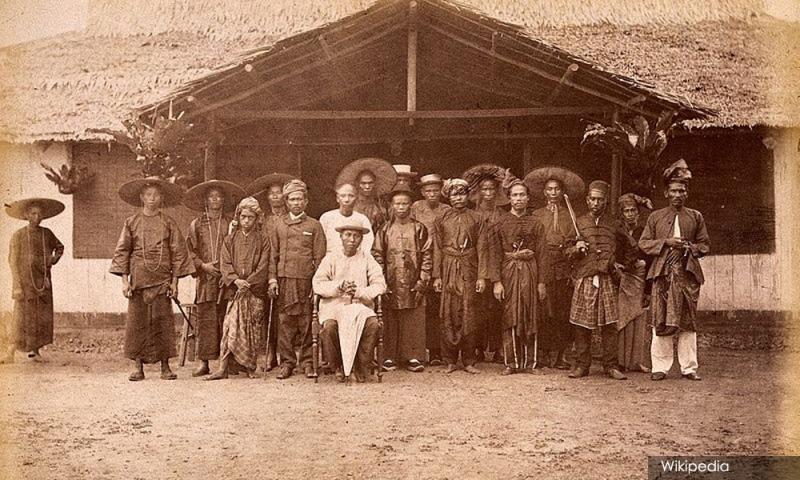HISTORY | Chinese involvement in agriculture in 19th-century Malaya
HISTORY: TOLD AS IT IS | The Chinese community pioneered and dominated commercial agriculture in 19th-century Malaya by carving land from the jungle and planting export-oriented crops.
Chinese entrepreneurs and agriculturists pioneered sugar cane planting in Province Wellesley (now Seberang Perai) and Perak, tapioca cultivation in Malacca and Negeri Sembilan, and pepper and gambier cultivation in Johor, Malacca, Negeri Sembilan and Selangor. It is noteworthy that the value of tapioca, gambier and pepper exports was valued at well over $8 million at the turn of the 20th century.
Sadly, our current school history textbooks - unlike the earlier textbooks - are virtually silent about this pioneering effort and important role of the Chinese in the development of commercial agriculture in the Straits Settlements and the Malay states during the 19th century.
On a positive note however, recently the Sultan of Johor, Sultan Ibrahim Ibni Almarhum Sultan Iskandar, has rightfully acknowledged the significant role played by the Chinese in the economic development of Johor and asserted that they are part of “Bangsa Johor” and fellow Malaysians, not “pendatang” or immigrants...
RM12.50 / month
- Unlimited access to award-winning journalism
- Comment and share your opinions on all our articles
- Gift interesting stories to your friends
- Tax deductable

 Ranjit Singh Malhi
Ranjit Singh Malhi